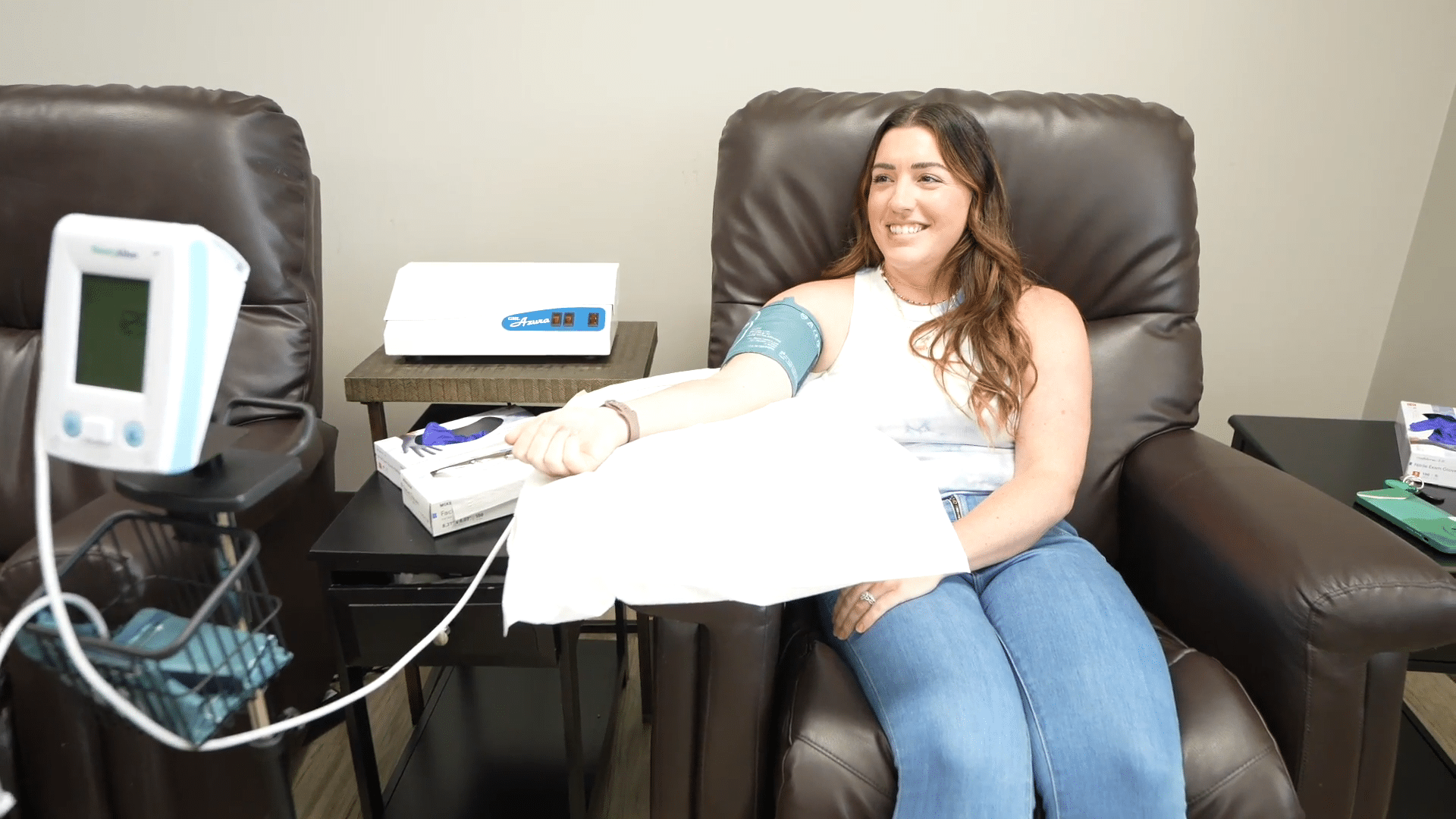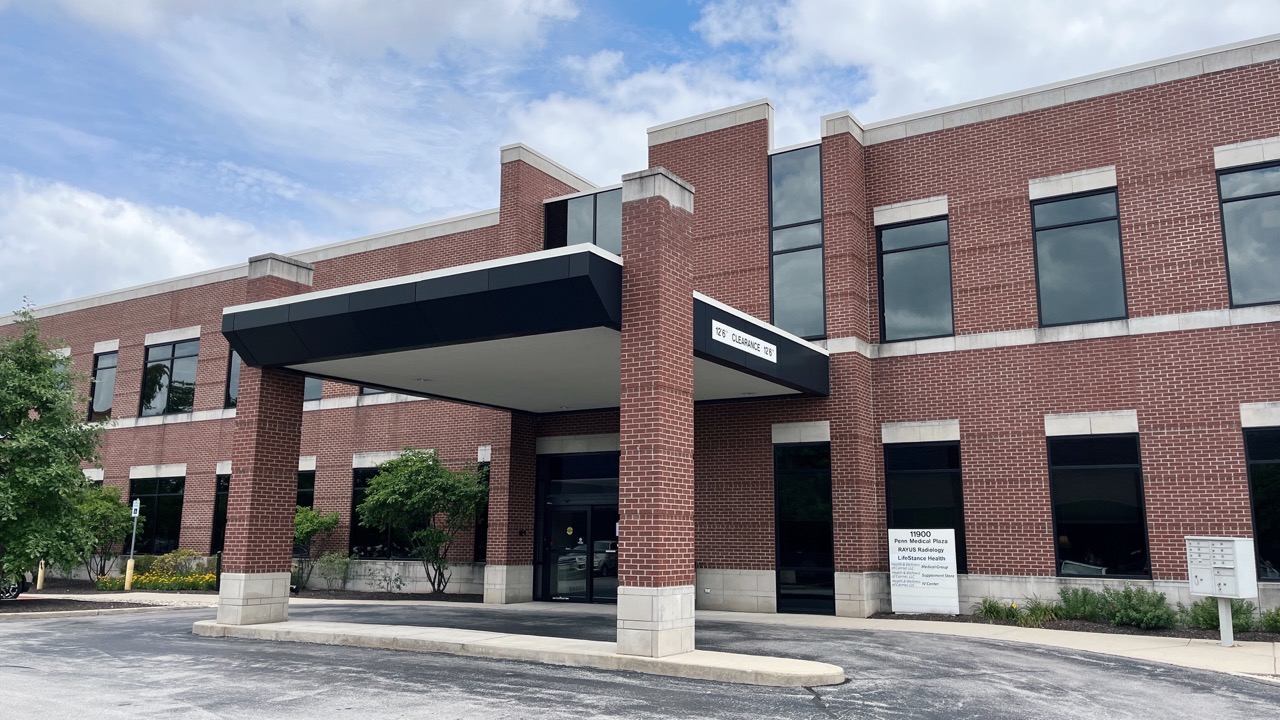Sono & Photo Dynamic Therapy
Services
What is Sono & Photo Dynamic Therapy?
Sono & Photo Dynamic Therapy (SPDT) is a groundbreaking medical treatment, coupling the therapeutic potentials of sound and light. This therapy signifies a revolutionary shift in holistic medicine, offering profound implications especially for challenging ailments, such as certain types of cancer.
Foundation of the Therapy
Sonodynamic Therapy (SDT): At its core, sonodynamic therapy revolves around the utilization of ultrasonic or sonic waves. These sound waves are employed to stimulate compounds known as sonosensitizers. When these sensitizers are activated, they produce reactive oxygen species (ROS) within the body.



Photodynamic Therapy (PDT): In tandem, photodynamic therapy operates on the principle of activating photosensitive agents using particular light wavelengths. Once these photosensitizers are introduced into the body and subsequently exposed to the appropriate light, they also produce ROS, similar to SDT.
Working Mechanism
Both therapies fundamentally work by leveraging the reactive oxygen species’ toxic properties. These ROS, when generated in abundance near malignant or targeted cells, have the capacity to disrupt their functions or even eliminate them. Yet, the surrounding healthy cells remain largely unaffected due to the precision of the treatment. In essence, while both SDT and PDT have individual merits, their combination in SPDT ensures a compounded effect, increasing the therapy’s efficacy.
The Role of Sensitizers
Sensitizers, be they sonosensitizers or photosensitizers, play a pivotal role in SPDT. These are specially formulated compounds that remain relatively inert until exposed to their respective activators, either sound or light. Their primary function is to amplify the effects of the sonic waves or light rays, ensuring that the therapy achieves maximum impact with minimum input.
Safety and Selectivity
One of the distinguishing features of SPDT is its inherent ability to target specific cells, reducing collateral damage to healthy tissues. This selectivity is a result of the precise nature of both the sensitizers used and the activation process itself. The combination ensures that the treatment is focused on areas of concern, making SPDT a safer alternative to some traditional therapies.
By merging the capacities of sonodynamic and photodynamic therapies, Sono & Photo Dynamic Therapy emerges as a beacon of hope for those seeking non-invasive and holistic treatment avenues. Its dual-action mechanism ensures comprehensive coverage and a heightened level of therapeutic precision.
Sono and Photo Dynamic Therapy Addresses the Following Conditions
Request an Appointment With Our Team of Experts
Question or Comment? Please fill out the contact form and one of our office team members will be back in touch within one business day. For immediate assistance, please call our office at (317) 663-7123. Thank you so much!









